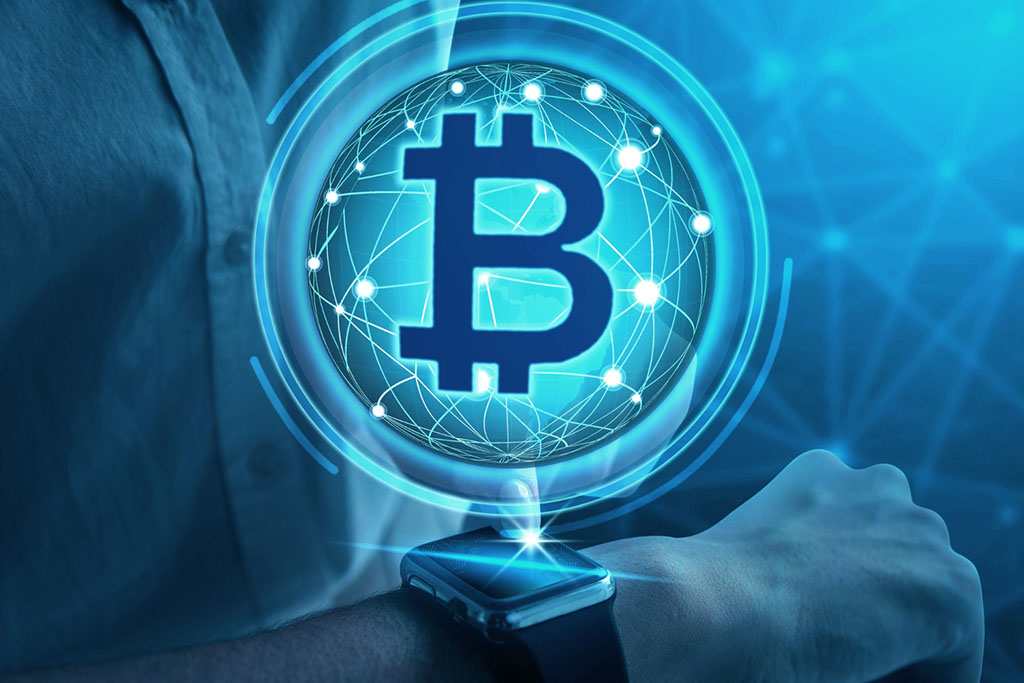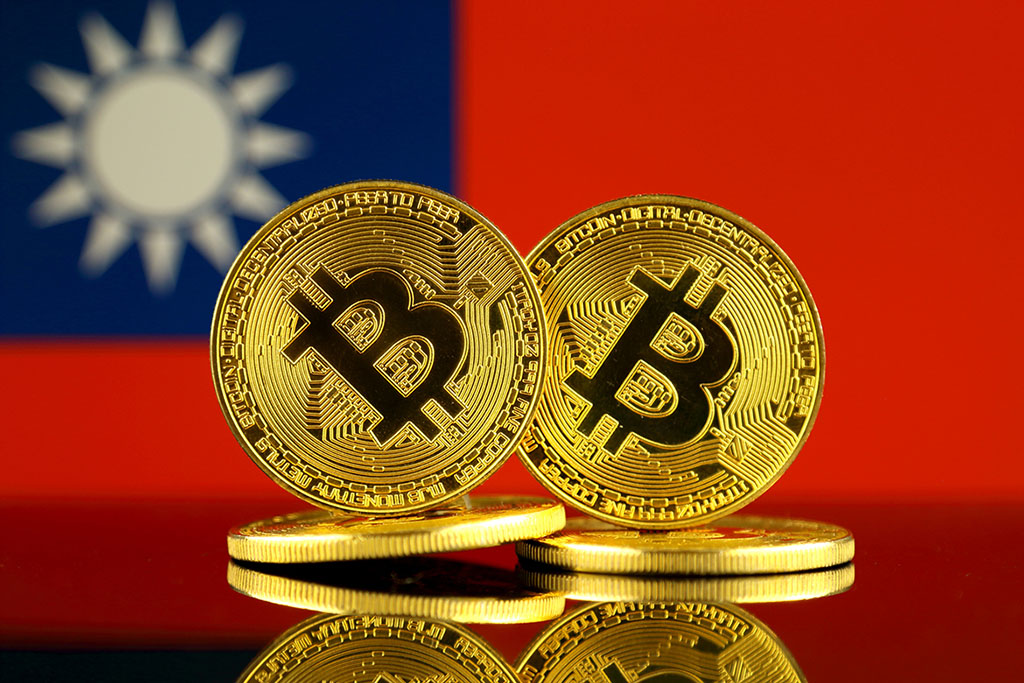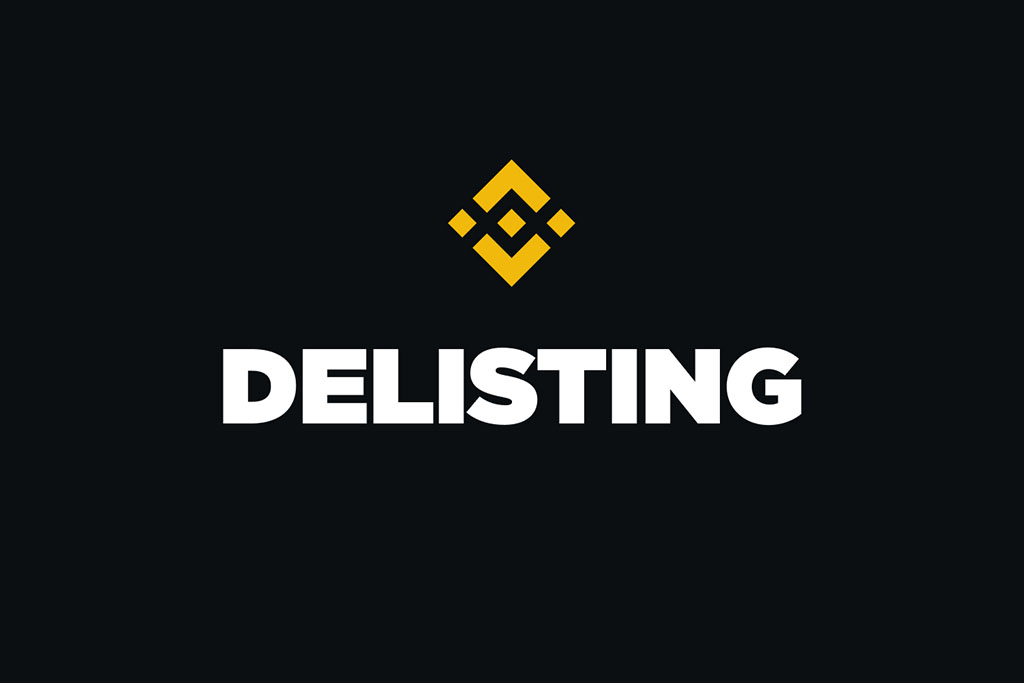ARTICLE AD
Over the last year or so, since crypto prices began bouncing strongly from late Q3 2024, interest has spiked, drawing attention to low-fee and scalable alternatives to Ethereum. These blockchains, mainly Solana, allow users to deploy smart contracts cheaply, all while remaining trustless and, to some extent, reliable.
Bot Activity Is Not After All Bad–Here’s Why
However, while Solana and some Ethereum layer-2 platforms have drawn users, they are also a hive of bot activity. The near-zero fees in Solana explain the spike in bot activity, both useful and malicious, drawing the attention of analysts.
Related Reading: Market Expert Declares Ethereum’s Scaling Progress Unstoppable, Here’s Why
While the prevalence of these bots can be seen as detrimental to organic on-chain activity, one user on X thinks they are integral and aid in the growth of the broader ecosystem. The analyst argues that the community misinterprets the role of bots, with most dismissing them as “spam” and “not real” while maintaining their activity, should be excluded from economic calculations.
The user now claims this position is misguided. From the analyst’s perspective, all on-chain bots are critical, especially in creating liquidity and ensuring efficient market operations. If anything, helpful bots help stabilize the ecosystem.
 Historical active addresses on Solana | Source: @JustDeauIt via X
Historical active addresses on Solana | Source: @JustDeauIt via X
On public chains like Solana, the analyst continued, these bots should not be considered a nuisance but a feature since, regardless, all on-chain activity must attract a fee, which these bots, like organic users, pay. Their activity and fee paid, in turn, boost the network’s general health.
As a comparison, the analyst also added that bot activity in traditional finance accounts for roughly between 60% and 70% of trading volume. Though they go under different names, including “algos” or “quants,” their role is crucial. They are seen as sophisticated tools that institutional players use to trade efficiently.
Therefore, this doesn’t have to change in crypto and blockchain. If anything, the analyst added, on-chain bots should be seen in the same vein as “algos” in traditional finance and considered a “feature,” not a bug to be demonized. Without bots, on-chain activity would struggle with low liquidity and unacceptable market inefficiency, significantly impacting user experience.
The MEV Bot Menace, Solana Foundation Intervenes
Despite this argument, discussion around bots remains in the grey zone. While some bots contribute positively to the ecosystem, others can dent user experience and harm the blockchain’s long-term success.
The emergence of Maximal Extractable Value (MEV) bots, especially on low-fee platforms like Solana, remains a concern. The objective of these bots is to exploit inefficiencies and extract maximum profit from traders, thereby eroding trust.
Though these MEV bots add liquidity, like other helpful bots, they don’t do so for the better good of the ecosystem but at the expense of the much-needed trading fairness.
Interventions have been made as MEV bots plague top blockchains, including Solana and Ethereum. Recently, the Solana Foundation banned over 30 validators, claiming they facilitated MEV bots on the platform.
Feature image from Canva, chart from TradingView

 3 months ago
27
3 months ago
27 

